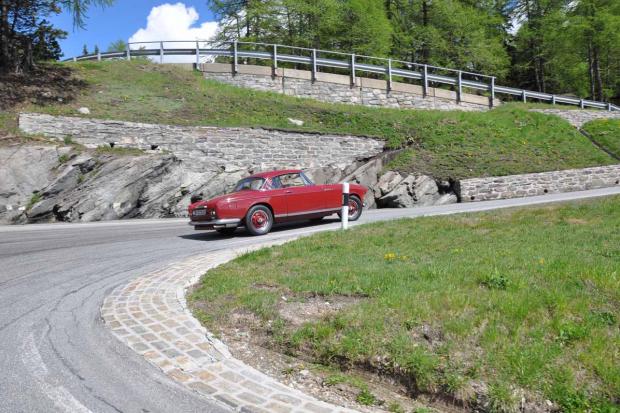
We all know car manufacturers have woken up to the value of their heritage over the last decade but it’s still great to see them go further than merely putting their history on display in a swish museum.
This week BMW Classic (the name needs no explanation) celebrated the history of its iconic coupe genre by giving us the keys to not just one but six cars from its heritage fleet. Oh and they arranged for the keys to be available in Lake Como the morning after the famous Munich brand had hosted yet another sensational Concorso d’Eleganza Villa d’Este. And they kindly threw in a route book for a two day, 400+km run over a couple of Alpine passes to Zurich….okay so it was a jolly of note for a hack but who would say no to driving some of the Munich legend’s most iconic models?

The six on offer started with a couple of gorgeous 503s (a coupe and a convertible) and a 3200CS to represent the V8 powered part of BMW’s long history while two E9 coupes – a 3.CS and a 3.0CSi were on hand for taste of the coupe that really cemented the Munich car maker’s performance reputation. Adding to its timeline of success was a 635Csi while BMW had the latest V12-engine 650i convertible on hand to put the evolution in perspective.












